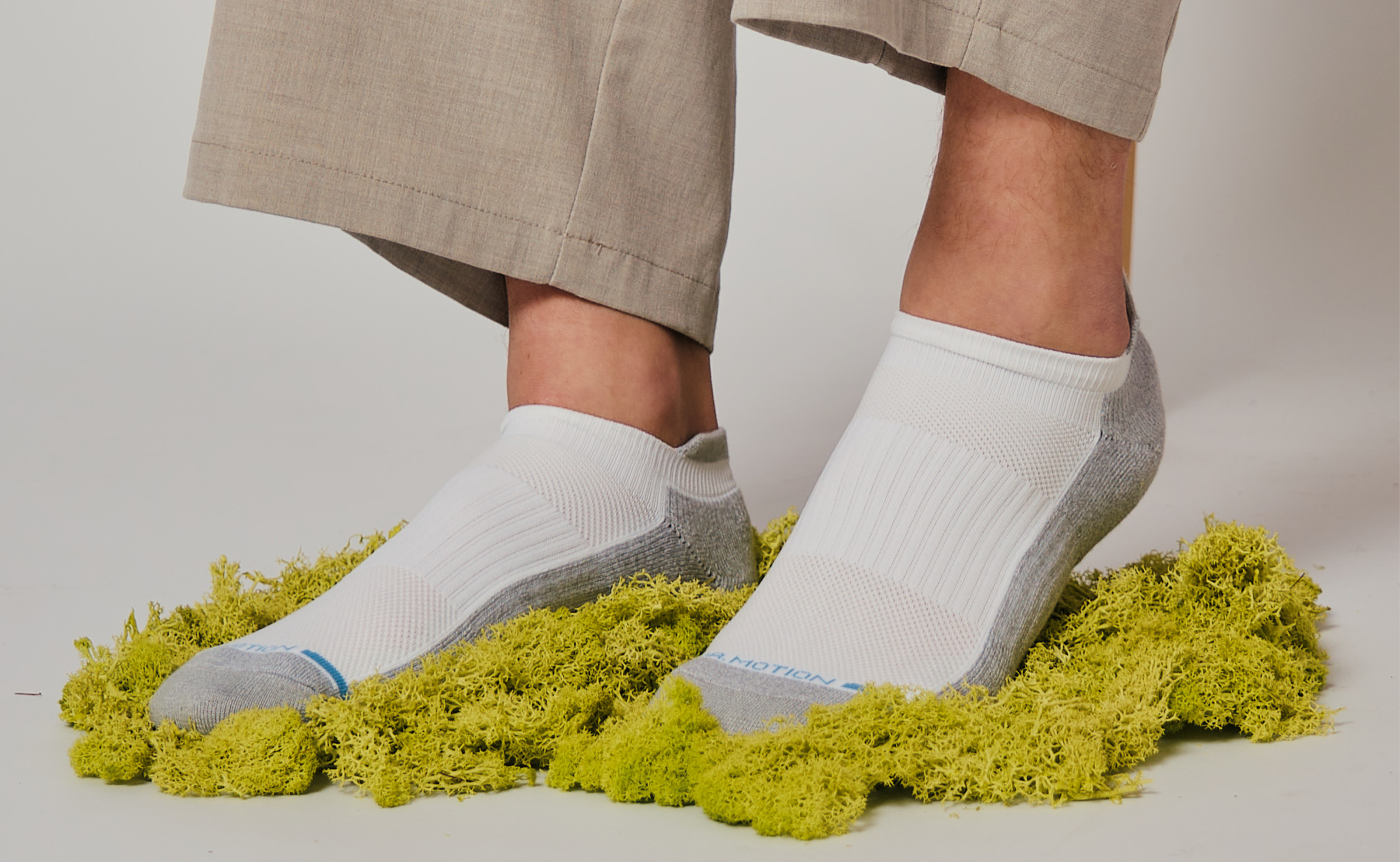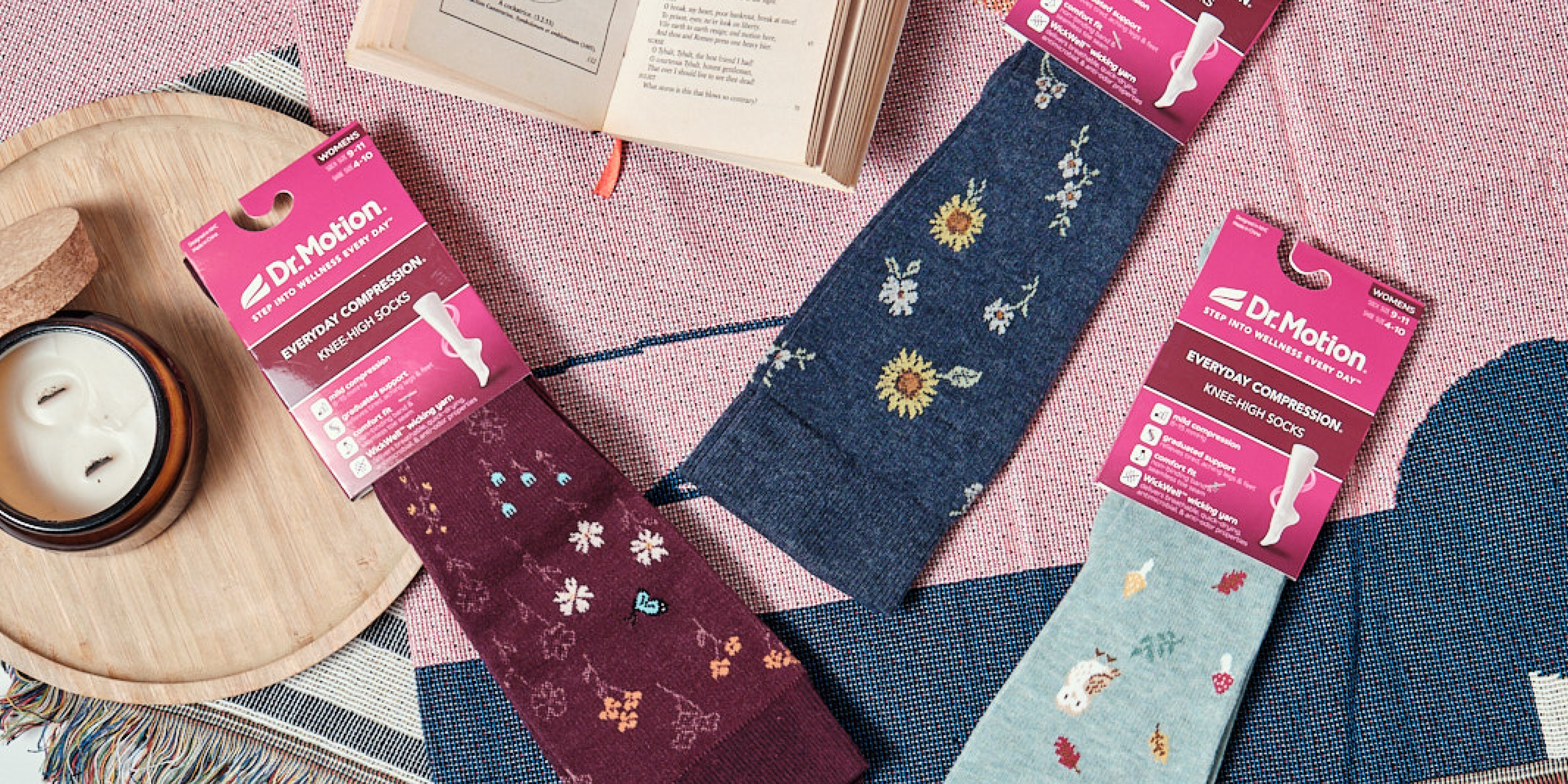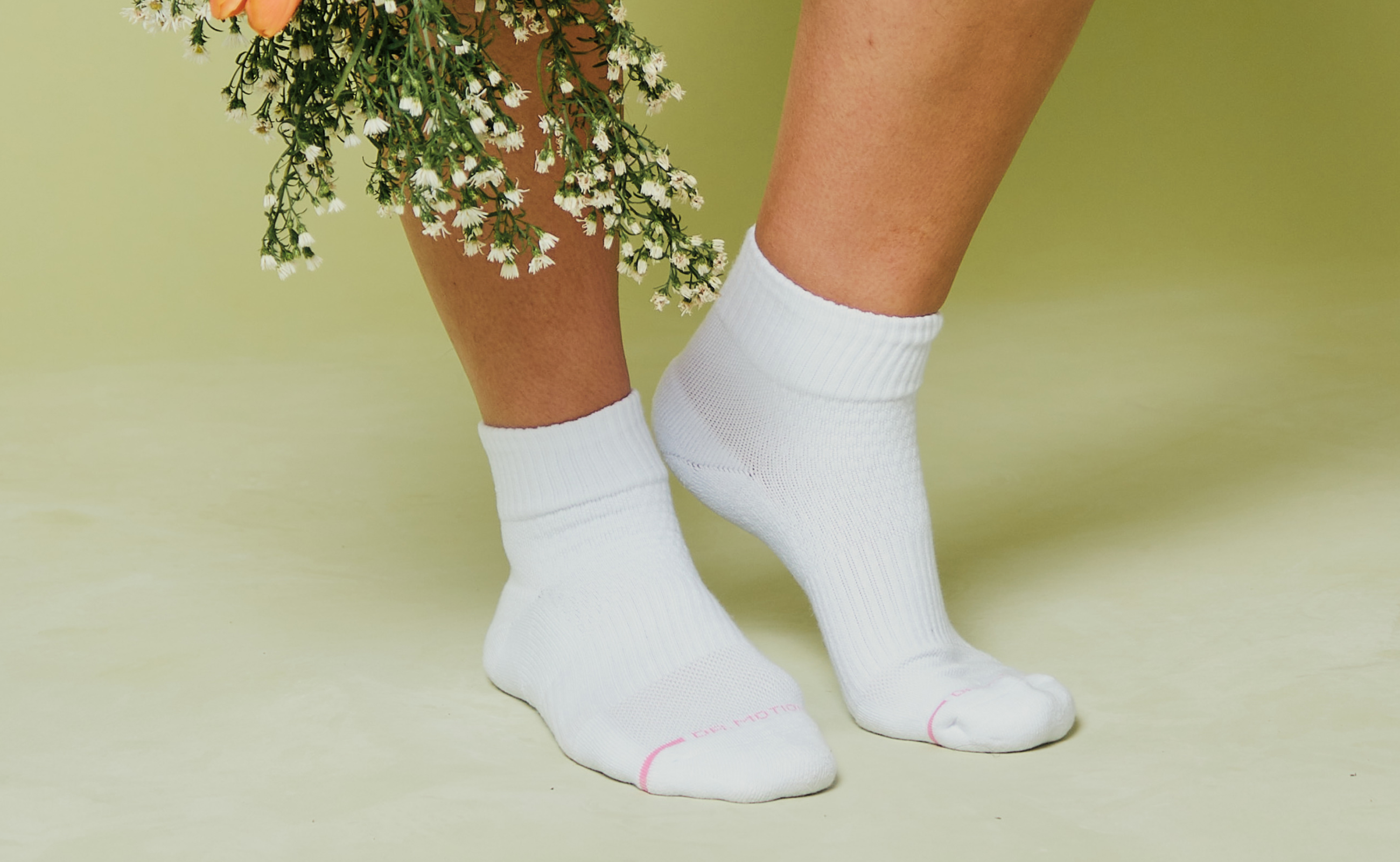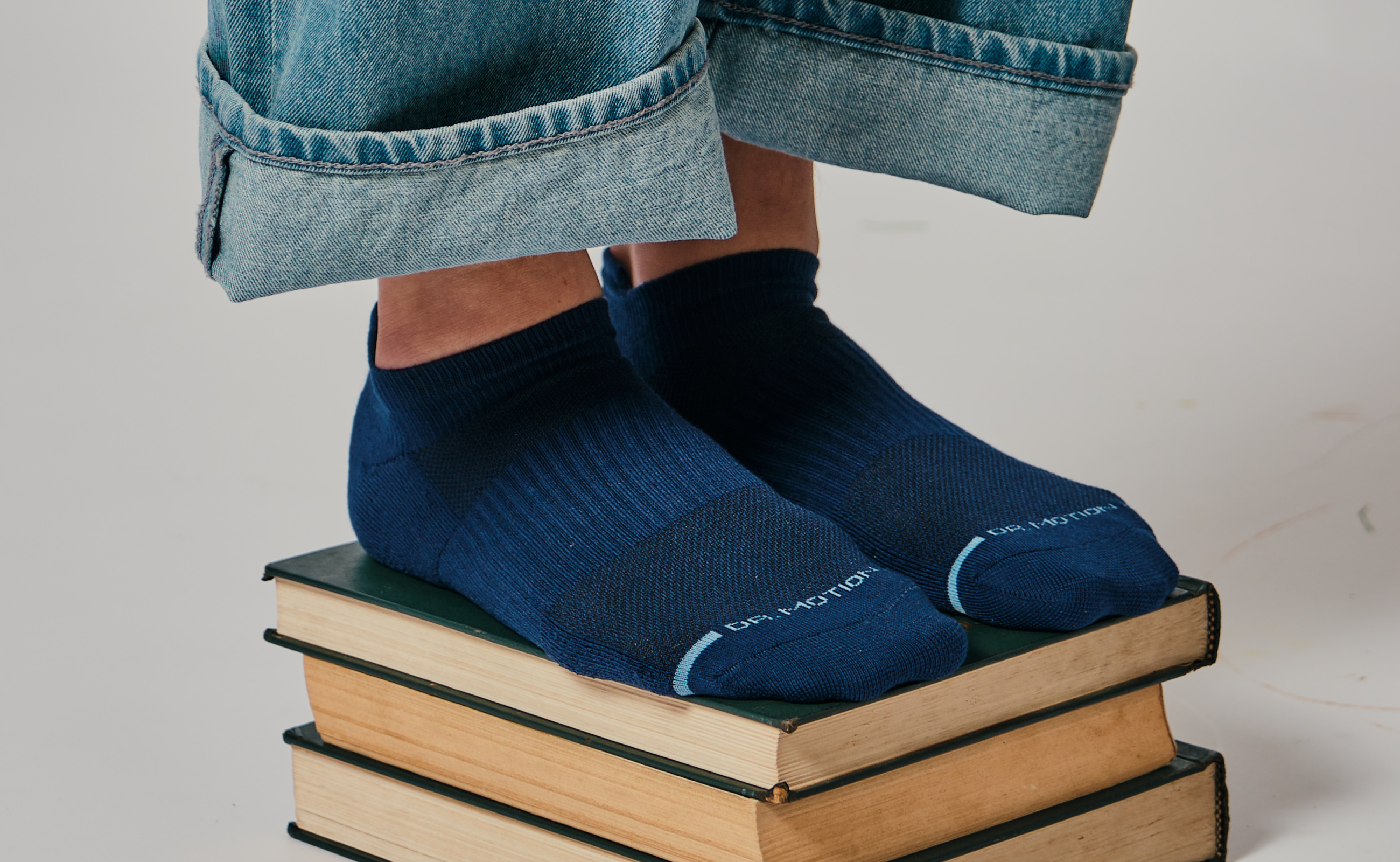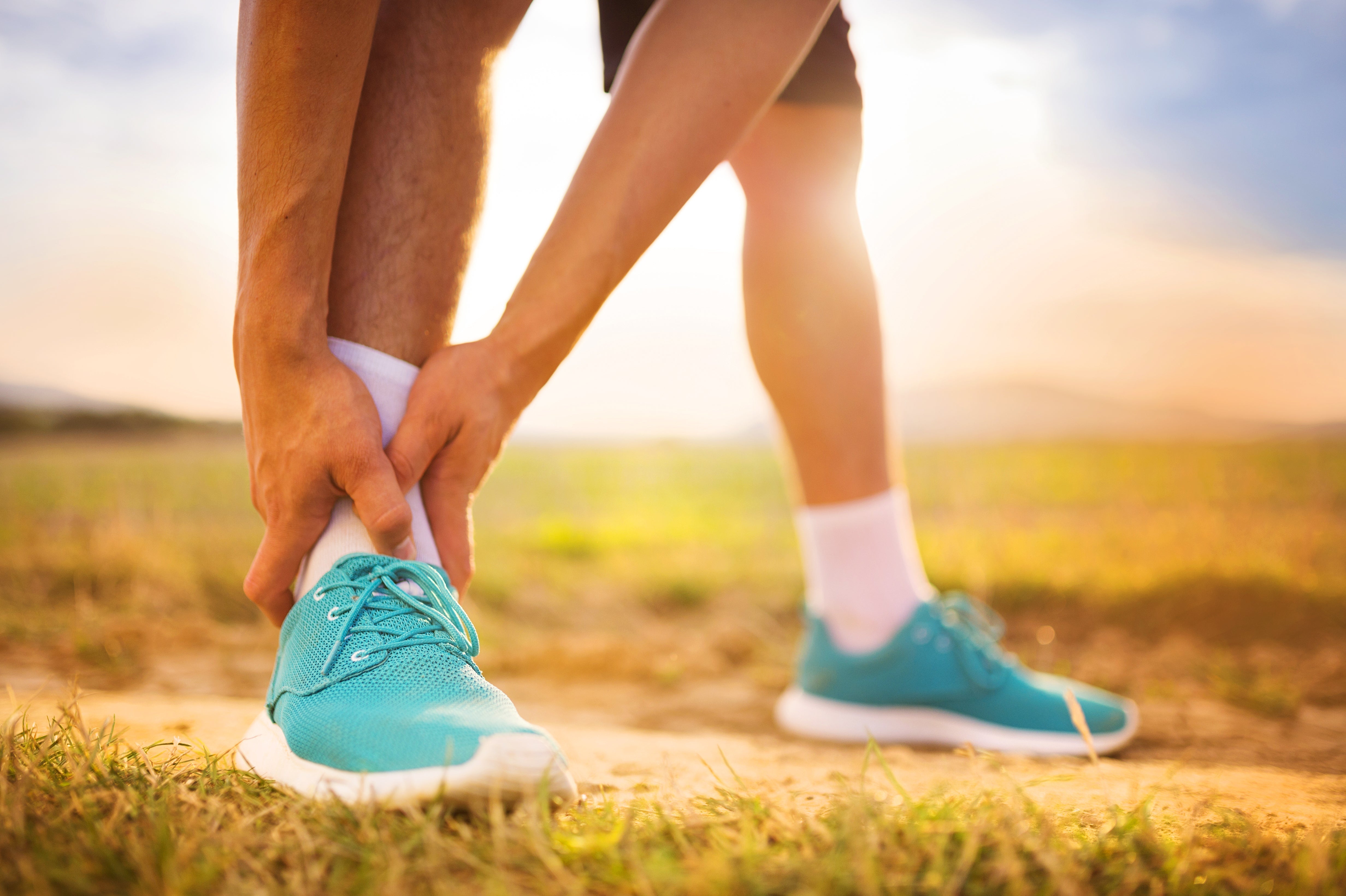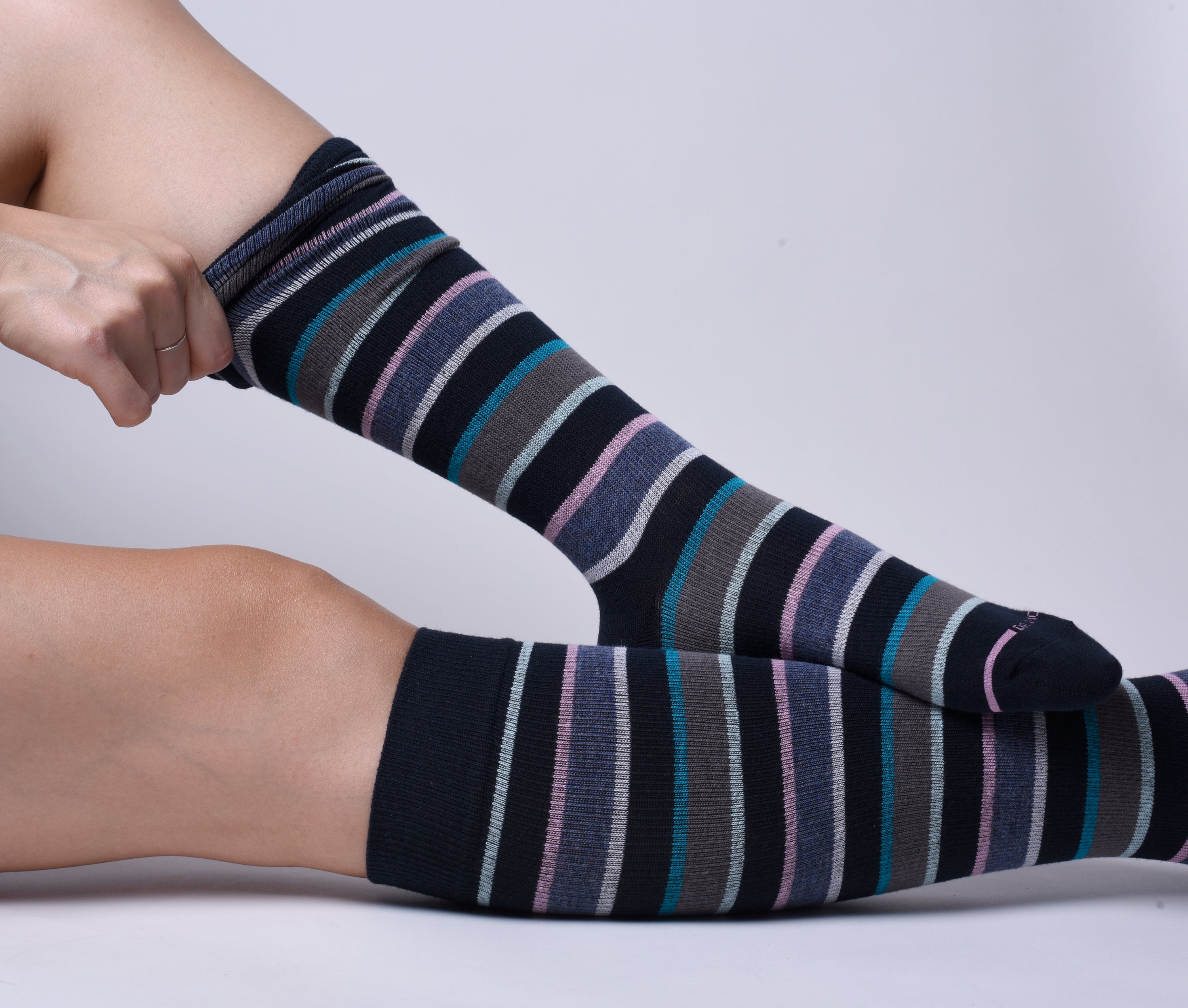Graduated Compression Socks vs. Regular Compression Socks
Compression socks have long been known to do a lot of good things for blood flow and vein health. Hospitals use them regularly for patients who can not get out of bed, and doctors have prescribed them to patients for things ranging from varicose veins to restless legs. They are popular among athletes and professionals across the world. You can get them without a prescription, and when you do, you’ll want to know how to pick the right socks. One important consideration is choosing between graduated and regular compression. That’s why we are going to explain the difference between graduated compression and regular compression.
Uniform Compression Socks
Regular compressions are more formally known as uniform compression socks. They are typically knee-high, and they apply pressure to the leg. The purpose is to constrict leg veins to improve blood flow through the leg. Doing this can help prevent blood clots (particularly deep vein thrombosis), reduce leg fatigue, lower the risk of varicose veins and help with many other medical issues.
Uniform compression socks can be found in a range of compression levels — typically between 8 mmHg and 50 mmHg. Different compression levels achieve different results. If you want more comfortable legs and feet on a long flight, and reduced swelling, lower compression is usually fine. If you have prescribed socks for a medical condition, your doctor might require you to use higher compression. You can use this compression level guide to get a better understanding of compression options.
Graduated Compression Socks
Ultimately, graduated compression stockings work the same way as uniform compression socks. They still squeeze your legs to improve blood flow through the veins. That said, graduated compression socks carry a distinction, and the name is the big clue. Instead of applying a uniform amount of pressure across the leg, graduated socks have variable pressure. The pressure will be greatest around the ankle, and the socks will be looser at the base of the knee.
This design means that graduated compression socks provide more support lower on the leg, and that has specific applications. Most notably, graduated compression socks are better for use when gravity is a concern. If you’re going to be sitting or standing for long periods of time, graduated socks are usually better.
Choosing Between the Two
Considering the specific design differences, the most common use case for regular compression socks is easy to understand. When you are lying down, gravity is not causing uneven blood flow challenges across your legs. Instead, uniform compression is ideal because your legs need the same amount of support across the appendage. Uniform compression socks are still invaluable for aiding blood flow, preventing blood clots and helping with restlessness and discomfort.
Uniform compression socks also tend to work well when you are on your feet and active. A lot of distance runners wear sports compression socks, and they tend to prefer uniform compression. This is because the activity of the leg muscles already stimulates better blood flow and prevents blood from pooling around the feet. Regular compression provides an extra boost that minimizes leg strain and uniform compression tends to be more comfortable.
Graduated compression is better for sitting and standing. Many people wear graduated compression socks at work when they are at a desk or doing a job that requires more standing than walking. Nursing is a classic example.
In the end, compression socks offer benefits whether they are graduated or uniform, copper or otherwise. What matters most is providing leg veins with the support that has shown clear health advantages. If you have a prescription, use the socks your doctor recommends. Otherwise, you can try different socks to find the fit that feels right for you. You can use your knowledge of graduated and uniform compression to skip some trial and error, but only through use will you eventually settle on the exact compression and style that is right for your legs.
You’ll find everything you need at Dr. Motion. Check out our website to explore the variety of women's and men's compression socks we have to offer.
Disclaimer: This article provides information solely for educational purposes, including but not limited to text, graphics, images, and other materials contained herein. This article is not intended to substitute for professional medical advice, diagnosis, or treatment. Always seek the advice of your physician or another qualified healthcare provider with any questions you may have regarding a medical condition.



